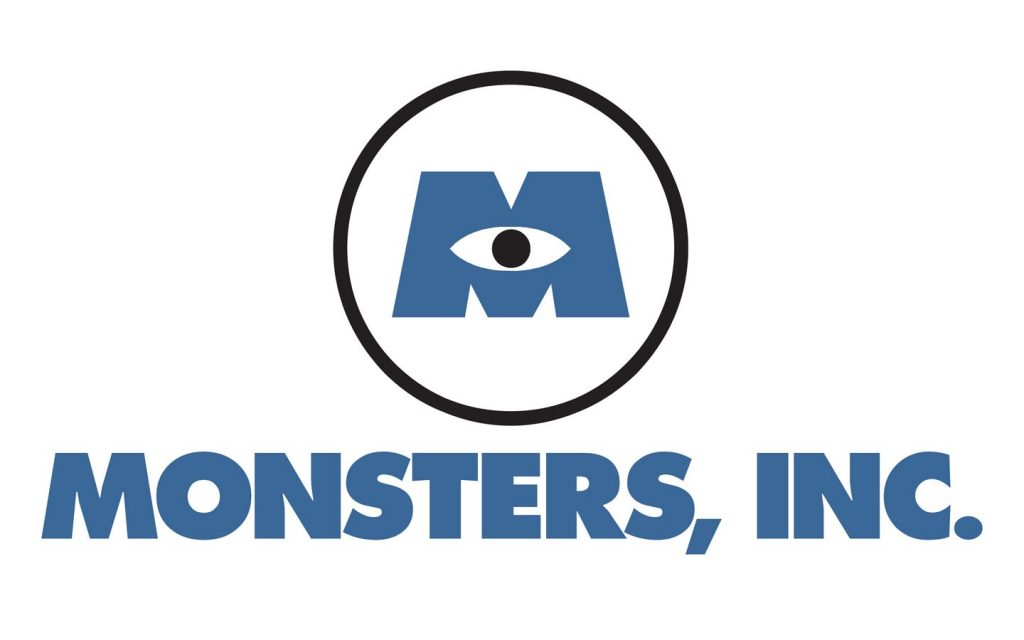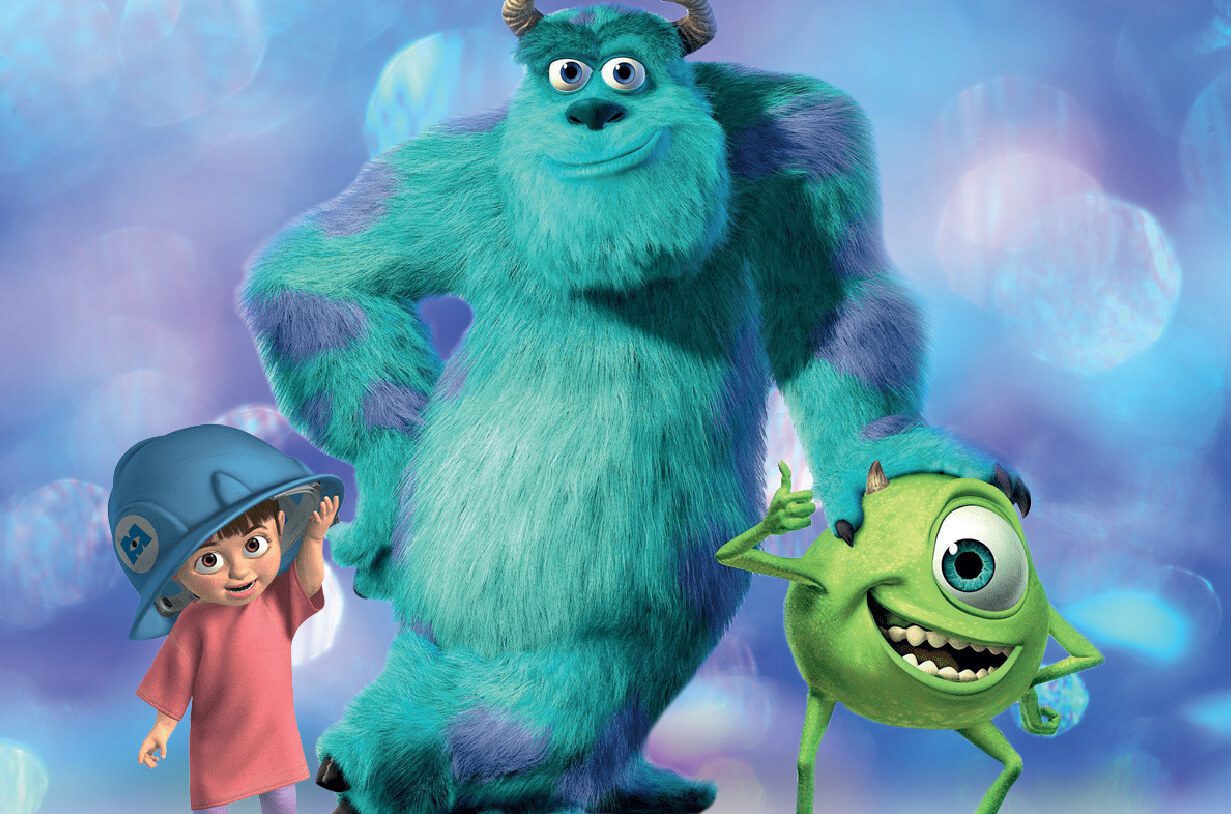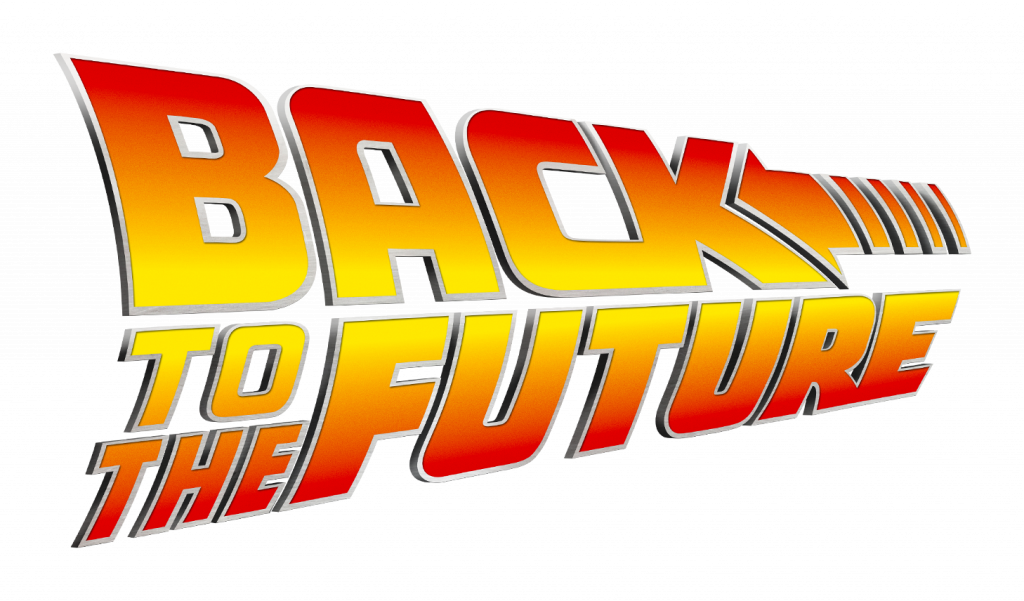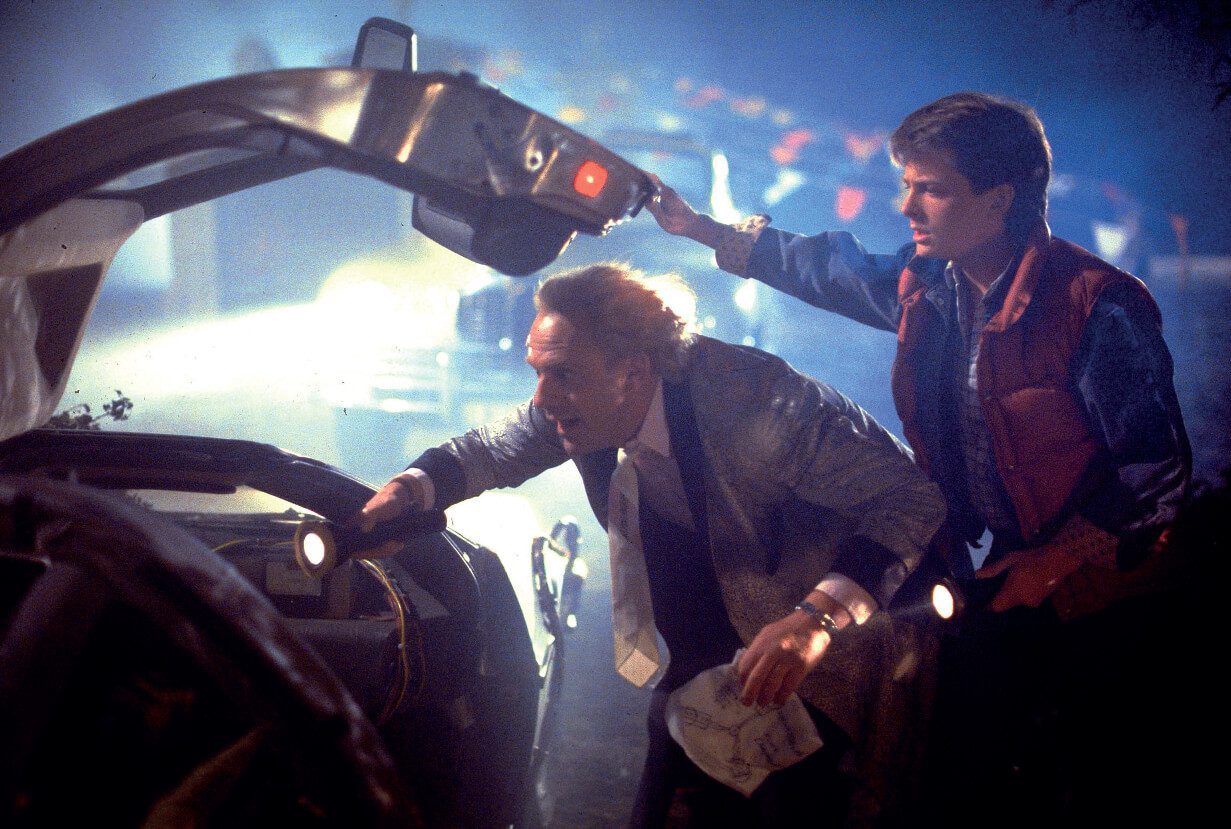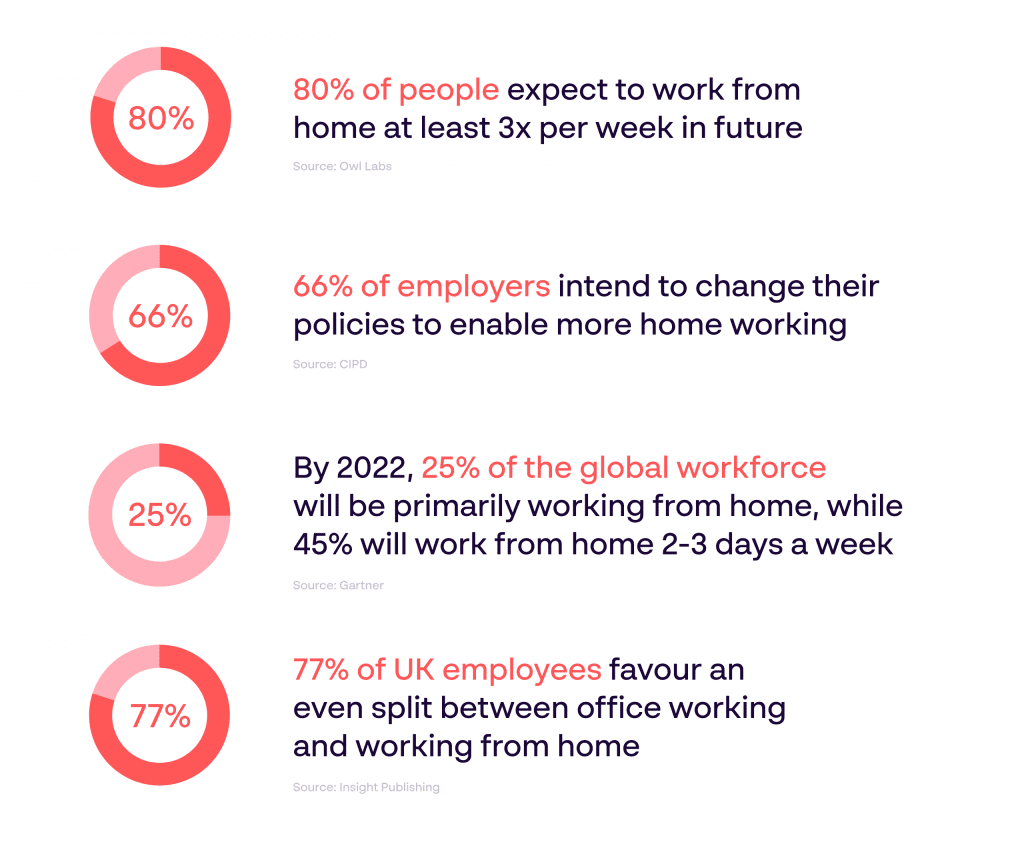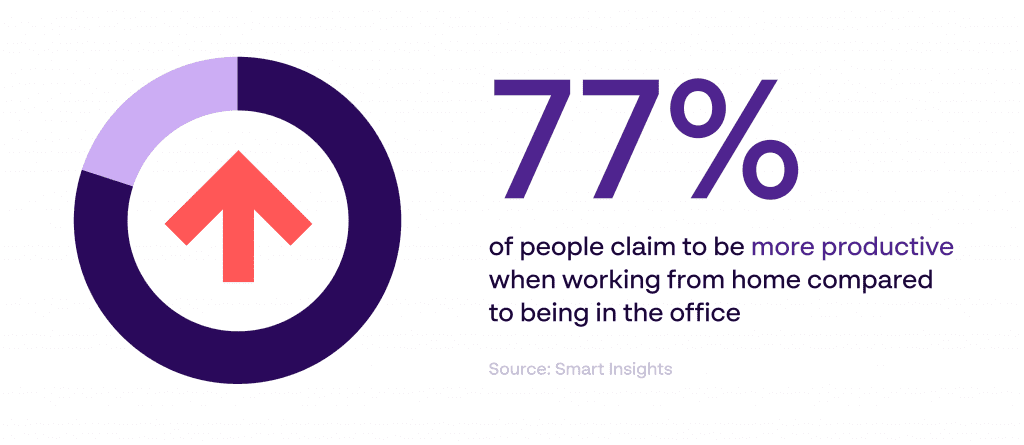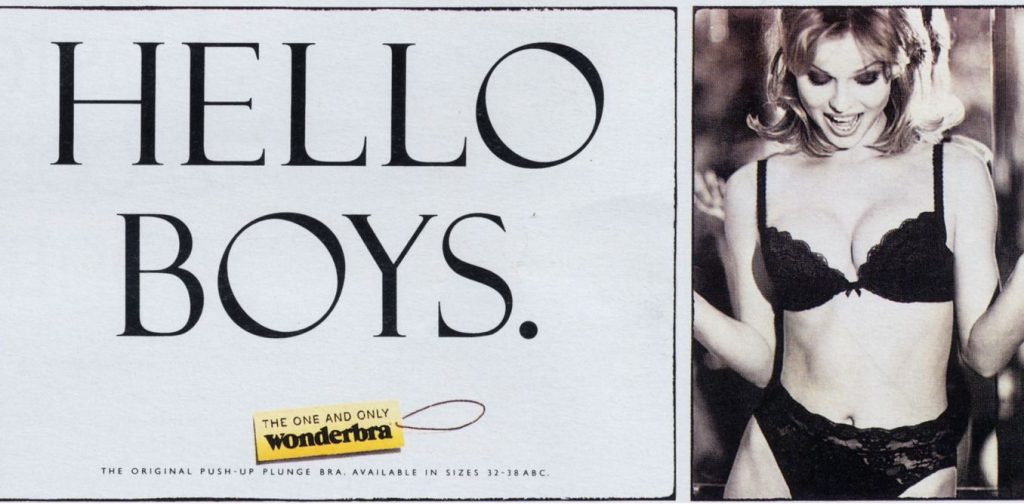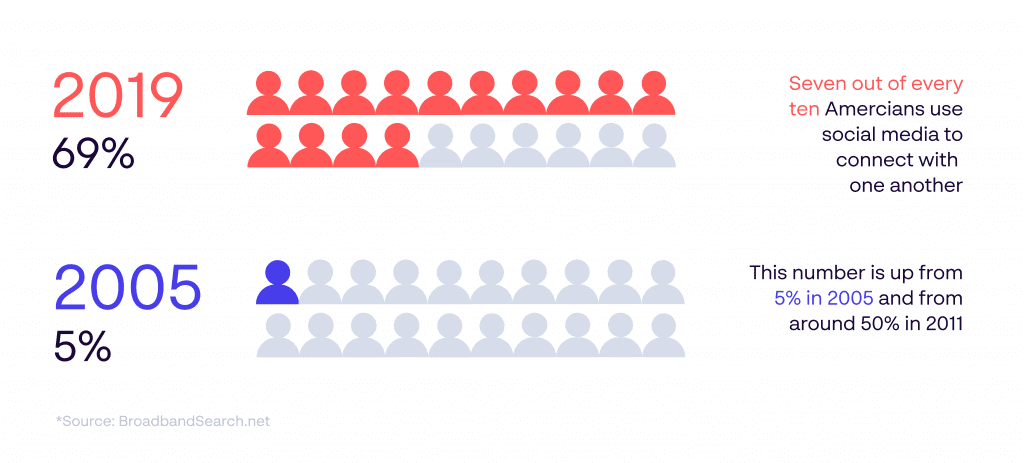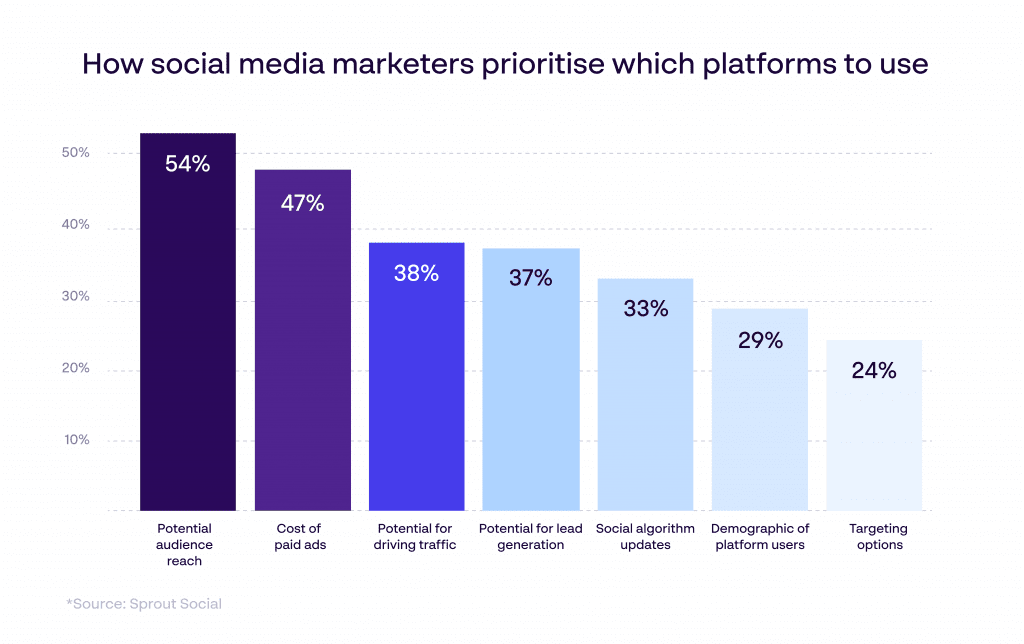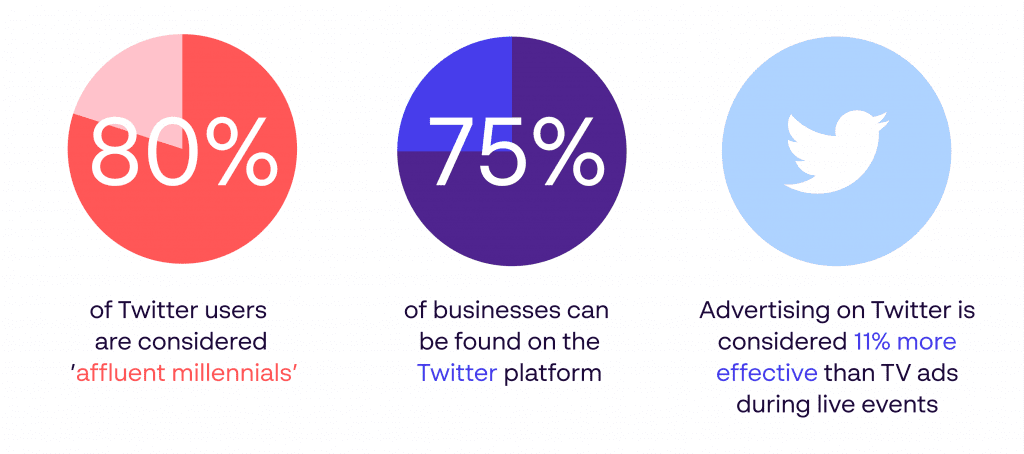Cutting marketing budgets can feel like an obvious decision when facing a new economic downturn. Yet companies that do go down this road often perform worse than their competitors – the brands who understand that working smarter is more beneficial than working harder with less resources.
Recently I’ve been thinking of a friend in my youth. He would only spend a fixed amount when refuelling his car. He said it was his way of navigating high prices. When prices suddenly rose enough, I remember asking him if was going to cut down on driving. “Stop driving? Never!” he said. Then, with a knowing smile, he told me he would in fact be doubling his fuel budget. After all, he was a busy young man.
I wouldn’t have said my friend was wise at the time, but he came to mind after reading many recent articles on preparing for the economic downturn. The common message from the most successful brands seems to be “Don’t stop marketing!”. Perhaps my friend with the car came to mind as one writer’s article questioned Henry Ford’s insistence that “Stopping advertising to save money is like stopping the clock to save time”. My guess is he had the same knowing smile as my friend had when he said it.
Looking up and ahead when facing a downturn
Luckily, academic research can support businesses when the immediate impulse is to stop. The data reveals that there is a real cost in doing nothing – in fact opportunities are lost when the focus is in the wrong place.
For example, in German professor Peter Steidl’s 2009 book, Neurobranding, he points out that companies that increase their advertising budgets as part of their corporate strategy in times of recession, can really pay off. In fact, some have actually increased profits by 4.3 percent – while those that cut back only increased by 0.8 percent.
A more extensive study, carried out by two professors from Harvard among others, followed 4,700 listed companies in the USA through the 2008-2009 recession. They found that 80% of the companies took a minimum of three years to return to approximately the same level as before the recession – while 9% flourished and delivered at least 10% better results than their competitors quickly after the downturn was over.
The secret, according to a Harvard Business Review article summarising the study in 2010, consisted of what the professors called “pragmatic behaviour” – strengthening the organisation’s internal efficiency, and investing significantly more than competitors in marketing and R&D. However, this is not simply about maintaining the advertising budget. Reassessing the multichannel strategy, taking a closer look at what works, and in short, adjusting to get the most bang for your buck, is what works.
Prepare for the future, today
Positive results for businesses that not only aim to survive the downturn, but also make the effort to prepare their brands for the future was evident in both studies. To save you from sifting through a pile of academic papers, I’ve narrowed down 5 key action-focused pragmatic points to consider to help your business to more than survive, but also thrive when facing the downturn:
Don’t cut advertising
Marketing and advertising are not “nice to haves” – they are a vital prerequisite to maintaining operations. Remind management that this attitude cannot change during economic downturns. If the strength of your brand cannot be maintained at every touchpoint – and even made stronger in the minds of your customers – both sales and profitability will fall.
Look closely at the technology stack
Recessions provide the opportunity for a holistic, scrutinising look at your company’s portfolio of ICT tools and software solutions. Do any have overlapping functionality? Are some expensive in relation to the value they provide. Or have competing solutions with better features emerged? As the number of advertising channels has exploded in recent years, is the company still equipped to operate effectively in the ones relevant to you business? “Work smarter, not harder” can be an important mantra to adopt, as there are modern brand management tools that can significantly improve efficiency and provide the value, available to even small marketing departments on reduced budgets. Getting these in place before austerity measures take hold in earnest is vital to survive and thrive through the challenging times ahead.
Focus on ROI analysis
Is the marketing department (and the company) equipped to make useful, traceable analyses of channel use, tactics, partners and campaigns, so that you know what promotes the brand and turnover? Two developments make this necessary. Firstly, marketing now encompasses so many parameters that few companies get far with gut feeling alone – experience must be linked with data so that you can do more of what works and less of what doesn’t. And secondly, most CEOs and CFOs have now gained great respect for the importance of data analysis in most decision-making processes. So much so, every CMO must now be able to show solid data analysis to justify their actions and decisions – that is if they want to be taken seriously by the rest of the board of directors.
Experiment, learn and try again
In many contexts, brands can go a long way by trying out a few simple moves, seeing what works and then doing more of it. Here, it is not necessarily a question of gambling with large sums. Start small. Measure the effect. Increase the effort on what is working. Following what your customers are doing, and looking for trends in target groups’ behaviour, keeps the customer at the front and centre – and your brand’s responsive attitude has a great chance of being rewarded with loyalty.
Adapt. Adapt. Adapt.
In economic downturns, it is extremely important to be able to adapt quickly – it has been proven time and time again. Have you invested in a direction that suddenly turns out not to work? Make sure you can quickly turn around and drive in a different direction. Does an unexpected opportunity align with your brand in a way no one had anticipated? Make sure you can grab the opportunity – fast.
I was catching up with my old ‘fuel-smart’ friend this past summer. It was in the middle of pump prices reaching record highs across the country. He told me that long ago he had switched to an electric car. One that automatically smart-charged when the electricity price was at its lowest. Yet toll rings, parking and other considerations meant that he tended to cycle to work on a daily basis. Still working hard to think smarter.
He gave me the same knowing grin as he gave me all those years ago. If I’ve learned anything from him, it’s that even when facing hard times, with the right attitude there can still be plenty to smile about.

This article was originally published on 25 October 2022 on kampanje.com.
Table of contents:




